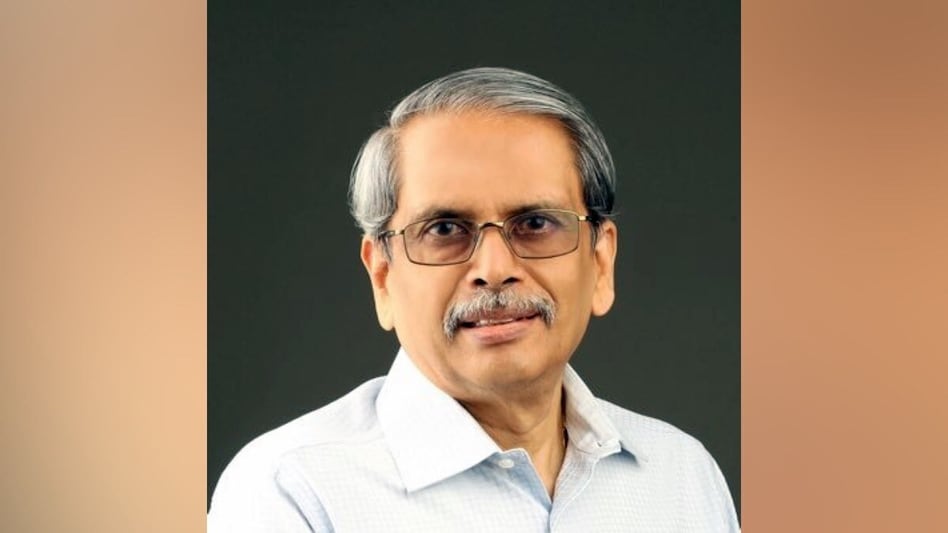 Deep tech demands significant capital, and that’s where India faces its second big challenge.
Deep tech demands significant capital, and that’s where India faces its second big challenge.
 Deep tech demands significant capital, and that’s where India faces its second big challenge.
Deep tech demands significant capital, and that’s where India faces its second big challenge.India’s deep tech dreams hinge not just on money but on ambition and a robust ecosystem, say Kris Gopalakrishnan and Madan Padaki. For India to compete globally, startups, government, and investors must align to turn ideas into impact.
Students are working on deep tech. Startups are building on deep tech. Investors want to fund deep tech. The government is aggressively pushing deep tech.
In the past few years, “deep tech” has become the buzzword dominating India’s technology discourse. As the country races to catch up in the global AI and innovation sweepstakes, the ecosystem to support deep tech ventures is undoubtedly getting stronger. Yet, according to Kris Gopalakrishnan, Chairman of Axilor Ventures and co-founder of Infosys, India still faces a significant hurdle: a lack of ambition.
“Ambition is what we’re still lacking. We have the people, the talent, the numbers, but unless we aim higher and push harder, we won’t catch up in the global deep tech and AI race. What happened in start-ups needs to happen in research too,” says Gopalakrishnan, speaking on the sidelines of the Matrix Global Summit 2025 hosted by TiE Bangalore.
While innovation is certainly bubbling within India’s startup scene, Gopalakrishnan notes that founders must think differently, either for the global market or for unique Indian contexts. “You can’t take something from elsewhere and simply bring it to India,” he says.
Comparing India’s current startup ecosystem to that of the United States, Gopalakrishnan points out a stark difference in maturity. India’s ecosystem is about 15 years old, while the US has been building its innovation muscles since the 1960s, undergoing several cycles of maturation and growth.
Funding Gaps and Risk Appetite
Yet ambition alone isn’t enough. Deep tech demands significant capital, and that’s where India faces its second big challenge. Investors in India are often cautious, unwilling to write large cheques for high-risk ventures. Traditional enterprises, despite having the funds, often lack the appetite for risk.
“The key difference is that traditional businesses invest using internal accruals—their profits are invested back,” Gopalakrishnan explains. “Start-ups, however, work with risk funding because VCs know that one out of ten start-ups will work. They’re willing to lose money on the remaining nine.”
Start-up founders, he emphasises, operate using other people’s money. Investors are willing to absorb losses in pursuit of outsized returns. “If you lose money in an existing business, you are punished. So you do incremental stuff. You don’t take huge risks. Start-ups can take huge risks,” he says.
That’s precisely why many of the world’s top ten companies by market capitalisation in the US are less than 50 years old.
Given this landscape, there’s an essential role for the government in fostering India’s deep tech ambitions. Beyond financial investments, India needs a robust ecosystem of grants, incentives, and collaborative initiatives to push homegrown deep tech startups onto the global stage.
Madan Padaki, President of TiE Bangalore and founder of 1BRIDGE, believes the country requires a three-pronged approach—taking fundamental research from universities and research labs and commercialising it, ensuring startups engage effectively with that research ecosystem, and applying those technologies to solve real-world problems and create measurable impact.
While Padaki acknowledges that innovation is happening across sectors including agriculture, supply chain, and healthcare, he cautions that progress remains fragmented.
“Now we are seeing some innovations in agriculture, supply chain, healthcare—but still flashes in the pan. Still islands of excellence. It works in some places but hasn’t reached others. That’s the India view,” he says.
As India aspires to become a deep tech powerhouse, ambition, funding, and a vibrant ecosystem must converge. The next chapter in India’s innovation journey will depend not just on bold founders or big cheques—but on building an interconnected system that can transform cutting-edge research into globally competitive solutions.